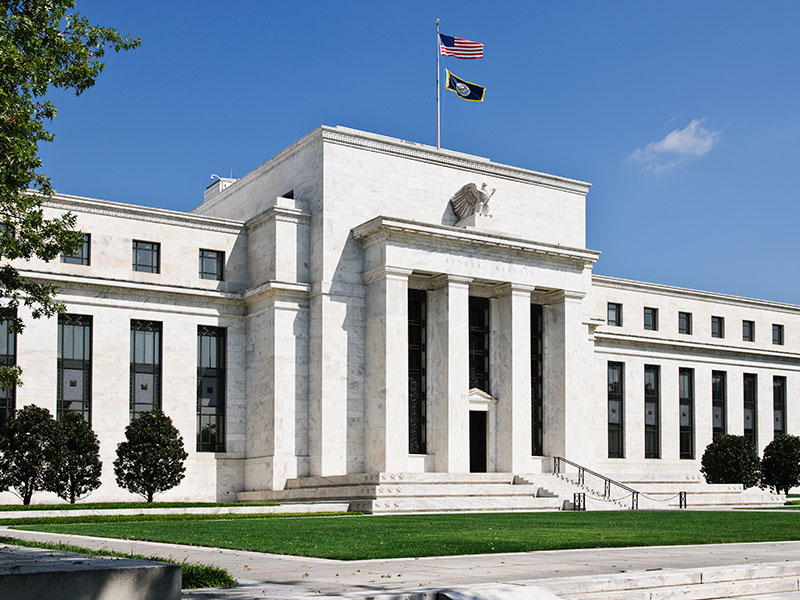
The US Federal Reserve has released the minutes from its July FOMC meeting, in which participants declined to raise interest rates. Members of the FOMC expressed familiar sentiments and concerns. While participants were generally positive about the outlook for the US economy, global concerns and sluggish inflation dampened the possibility of domestic optimism leading to a rate rise.
As the minutes noted: “Members judged that the information received since the committee met in June indicated that the labour market had strengthened and that economic activity had been expanding at a moderate rate.” It was noted that job growth was strong in June, following March’s disappointing results, with many members noting that the labour market remained “solid, and slack had continued to diminish”. While business investment was seen to have softened, all agreed that household spending had picked up.
Two key concerns still persisted: low inflation and the outlook of the global economy
However, two key concerns still persisted: low inflation and the outlook of the global economy. While members judged that near-term risks to the domestic outlook had diminished, “some noted that the UK vote, along with other developments abroad, still imparted significant uncertainty to the medium- to longer-term outlook for foreign economies, with possible consequences for the US outlook”.
At the same time, inflation has continued to run below the Fed’s target of two percent. According to the minutes: “Members continued to expect inflation to remain low in the near term.” Although there was some expectation of a potential raise in inflation in the medium term, “in light of the current shortfall of inflation from two percent, members agreed that they would continue to carefully monitor actual and expected progress toward the Committee’s inflation goal”.
It was concluded that after “assessing the outlook for economic activity, the labour market, and inflation, as well as the risks around that outlook, members decided to maintain the target range for the federal funds rate at 0.25 to 0.5 percent at this meeting”.
The Fed seems to be stuck on a loop. While it recognises a continuously improving US domestic outlook – particularly when it comes to employment – the persistence of low inflation and global risks to the US economy means that it is reluctant to risk a rate rise.


